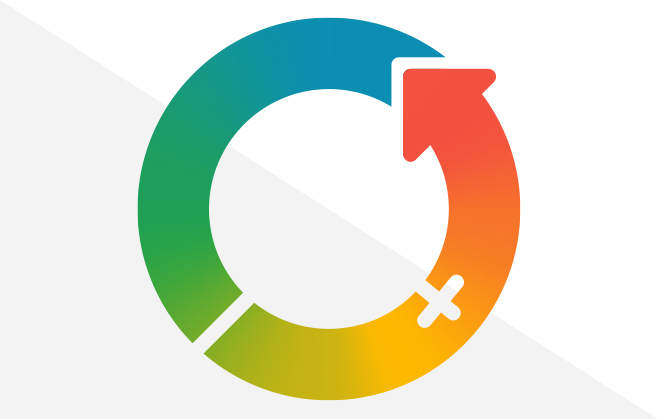
International Women’s Day: The power of trending events
Wednesday’s International Women’s Day saw individuals and brands share their thoughts and campaigns online. We round-up the best of the day’s activity, and ask- how can brands incorporate trending events into their marketing strategies?
To mark the event, Facebook hosted a 24-hour live stream using the hashtag #SheMeansBusiness. This featured a number of female business leaders, entrepreneurs and inspirational figures, who took to the camera for interviews about their work and roles. The aim of the initiative according to Facebook’s COO Sheryl Sandberg, was to “shine a light on the women who lead in our communities, our families and our friendships.” In recognition, Google celebrated by creating an illustration featuring famous females such as Frida Kahlo, Egyptian pilot Lotfia El Nadi, and journalist Ida Wells. Snapchat did what it does best, with the release of a “Marie Curie” filter, containing an overlay of scientific equipment, and adding lab work-related “smudges” to the user’s face. As ever, not everyone was impressed with this endeavour, criticising the filter for appearing to slim facial features and add makeup, arguing that the app should have done more to highlight Marie Curie’s achievements as opposed to her looks.
The #InternationalWomensDay hashtag was trending on Twitter, naturally attracting usage from a host of celebrities as well as brands. Aside from this, the #DayWithoutAWoman hashtag was also trending, with organisations such as the Women’s March using this in their content and online conversations. But brands as well as individuals were quick to share some stellar campaigns. Avon’s initiative was particularly thought-provoking, with the company holding an event to highlight its research into domestic violence. As an official sponsor of the day, the brand teamed up with charity Refuge to interview victims of such abuse, as well as the CEOs of each company. They shared images and videos of the event via social media, accompanied by the event’s hashtag and #Definetheline. We also liked how brands used the event to recognise gender equality. Both P&G and United Colors of Benetton emphasised this, with the former creating their #WeSeeEqual campaign, and the latter launching their #UnitedByHalf campaign. Both marked the day with a featured video, shared to each brand’s social media channels.
So how can brands incorporate trending events into their social media and marketing strategies? The first action is planning, and this means establishing a calendar of seasonal events throughout the year. Then, the next step will be to create meaningful and on-brand content surrounding each of those events. This is where brands can get really creative, deciding which media to use, which tactics might need to be applied, and through which delivery methods. Images and GIFs featuring memes, a series of images around the event’s theme, or even a video can have the potential to go viral if viewers like what they see. Or an offline event that’s live-tweeted or live-streamed online can attract a greater audience during its duration. But it’s important to stay authentic to your brand, and post to your usual social channels. However, incorporating the event’s hash tags at the right time, and to accompany some well thought-out content can be hugely lucrative.
And what about those events you’ve not planned for? Can you leverage them in your brand’s favour? For instance, reactive marketing tactics are something every digital team needs to be prepared for. On International Women’s Day for instance, the power cut affecting the Statue of Liberty was used by brands in conjunction with the #DayWithoutAWoman hashtag. Another great reactionary campaign was demonstrated by Oreo during the 2013 Super bowl- the brand created imagery and a tag line “You can still dunk in the dark” in response to the game’s sudden black out. And do you remember “The Dress” debate? With social media in a frenzy about whether a picture of a dress showed its colour to be blue or white, brands were quick to pick up on the topic. For example, we love how laundry detergent brand, Tide, took to Twitter, with an effective tweet- “Looks like a problem when you don’t use Tide Plus ColorGuard”, which cleverly drew attention to their products.
Did you or your company join in the online conversation surrounding International Women’s Day? And do you have any personal tips on how brands can leverage trending events? We’d love to hear your thoughts, so please tweet to us @PracticeDigital and share your comments on our Facebook page.




